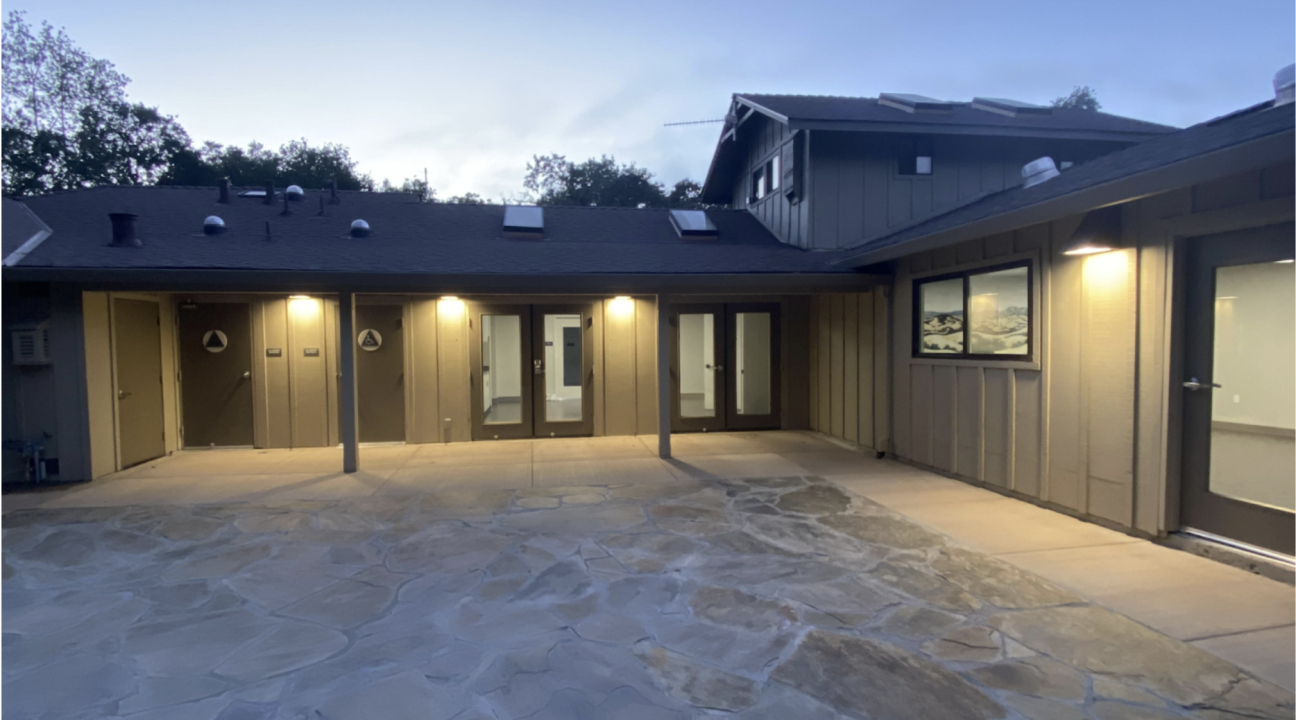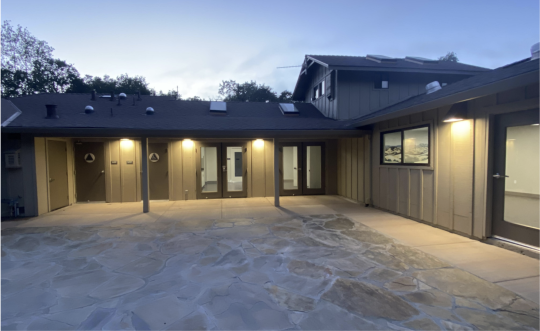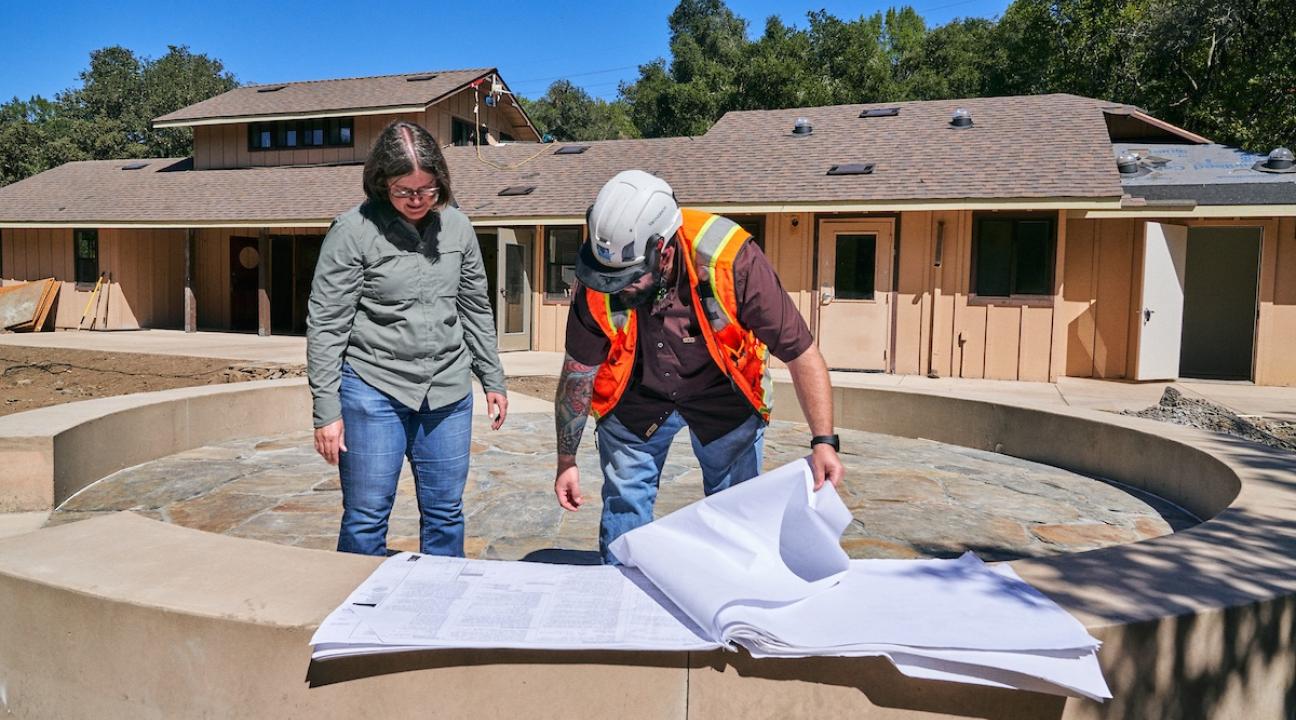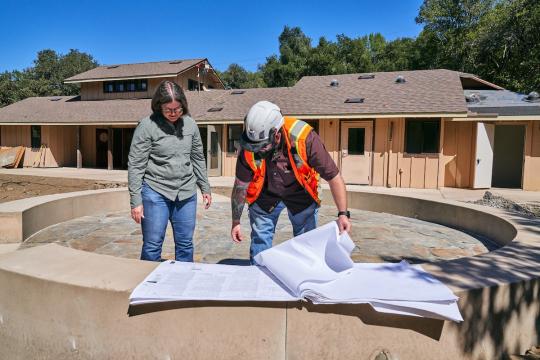Federated Indians of Graton Rancheria Learning Center Opens at Fairfield Osborn Preserve
The new Federated Indians of Graton Rancheria (FIGR) Learning Center opens in January 2024 at SSU’s Fairfield Osborn Preserve, creating outdoor spaces that enhance cross-disciplinary and cross-cultural communication.
A generous $2.8 M gift from FIGR has doubled the capacity of the facilities at Osborn, allowing two groups to be accommodated simultaneously. It also enhances accessibility and safety, ensuring that people of all abilities can enjoy preserve lands. At the core of this renovation is a Listening Area—a space dedicated to listening to both each other and the wisdom the environment has to offer.
“The SSU FIGR Learning Center is more than a renovation,” said CEI Director Claudia Luke. “It is the beginning of a partnership between SSU and FIGR that can help revitalize the natural-cultural landscapes of Sonoma Mountain and spark new solutions to the environmental challenges we are facing.”
Luke emphasized the need for these facilities. She cites the unprecedented challenges in resource depletion, ecosystem collapse and climate change, and the disproportionate impact on underserved sectors of the community. “With the new facilities, we have an opportunity to demonstrate how diverse, equitable and inclusive communication can lead to the kinds of innovative solutions we need right now,” said Luke.
Since time immemorial, Sonoma Mountain has been a place of meaning, knowledge, and connection for Coast Miwok & Southern Pomo people—the descendants of whom today are enrolled citizens of the Federated Indians of Graton Rancheria (FIGR). The Tribe’s enduring relationship with these lands persists, and they bring perspectives and expertise found nowhere else.
Four hundred and fifty acres of Sonoma Mountain was donated to SSU in 1997 and is managed by the Center for Environmental Inquiry. CEI runs educational programs on site that focus on re-establishing connections between humans and nature, identifying emerging social, economic and environmental challenges, and helping students of all ages and backgrounds develop the skills and experience needed to solve these challenges.
Luke called the new FIGR Learning Center a “game-changer.” Not only are the outdoor spaces dedicated to listening, learning and engaging with the many voices and perspectives that shape the story of Sonoma Mountain, but they mark the beginning of an academic-tribal collaboration.
“My sincerest hope,” said Luke, “is that ten years from now SSU and FIGR will look back to find that we have discovered new ways forward that neither of us would have been able to develop on our own.” Together they hope to revitalize the natural-cultural landscapes of Sonoma Mountain, foster a community of learners and innovators where ideas and connections flourish, and work across silos and cultures to develop and implement new innovative ideas.
She cautions however that these conversations cannot be rushed. “We must acknowledge the wrongs that have been committed in the past. We have work to do to build the trust needed to work together.”
Two open house events are planned for February 2024 to share the new facilities with tribal members, faculty, students, staff and community.





